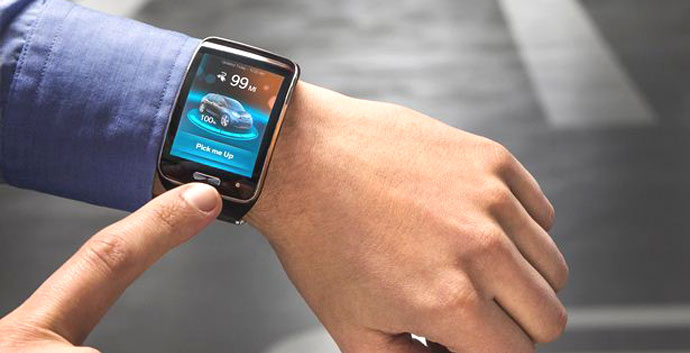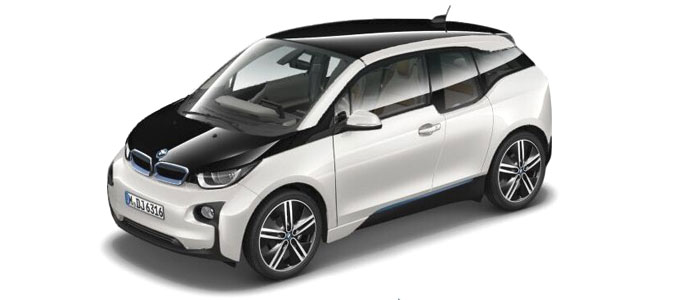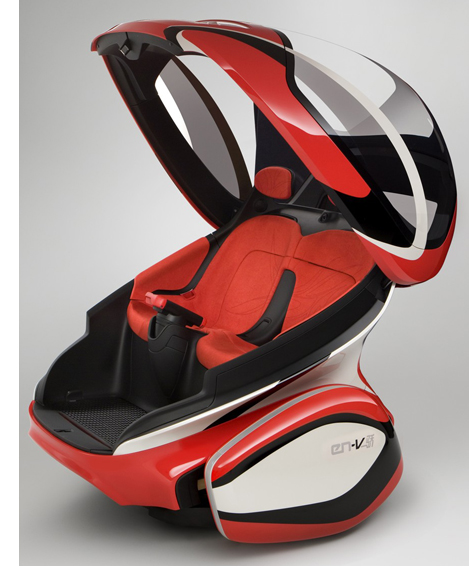BMW has always represented the more salubrious end of the car market, and now it wants all its drivers to enjoy the benefits of valet parking – even when popping to the local shopping centre.

BMW’s Remote Valet Parking Assistant allows you to leave your car at the entrance to a multi-storey car park and allow it to find its own space and park itself. Once you have done your shopping, you use a smartphone or smartwatch app to summon your car automatically. Using the device’s GPS, the car calculates the precise moment of your return so that it can be waiting for you as you arrive at the car park entrance.
The prototype technology is currently fitted to the BMW i3 electric car.

Robotic valet parking: An end to car door dings and parking space rows
The robotic valet parking developed by BMW and the technology fitted to fully-autonomous vehicles like the Google car is paving the way for small electric vehicles that behave like robots. Electric network vehicles (EN-V) could be sent off on their own to do the school run or pick up the weekly shop.
 Car makers recognise that city vehicles of the future will need to be tiny in size, clean, energy-efficient and, given increasing levels of congestion in towns and cities, able to communicate with each other to make best use of limited road space.
Car makers recognise that city vehicles of the future will need to be tiny in size, clean, energy-efficient and, given increasing levels of congestion in towns and cities, able to communicate with each other to make best use of limited road space.
The technology may replace cars as we know them with battery-powered ‘pods’ that can be summoned at will.
The two-wheeld GM EN-V prototype uses similar technology to the Segway to travel for one hour at 25 mph, a range and performance possible in part because the vehicle does away with many of the sophisticated, but heavy, safety features that are now fitted as standard to all cars.
Unlike a conventional car, built to protect its passengers and pedestrians in the event of a crash, the EN-V is more akin to an aircraft – designed to avoid crashing in the first place.
0 Comments View now